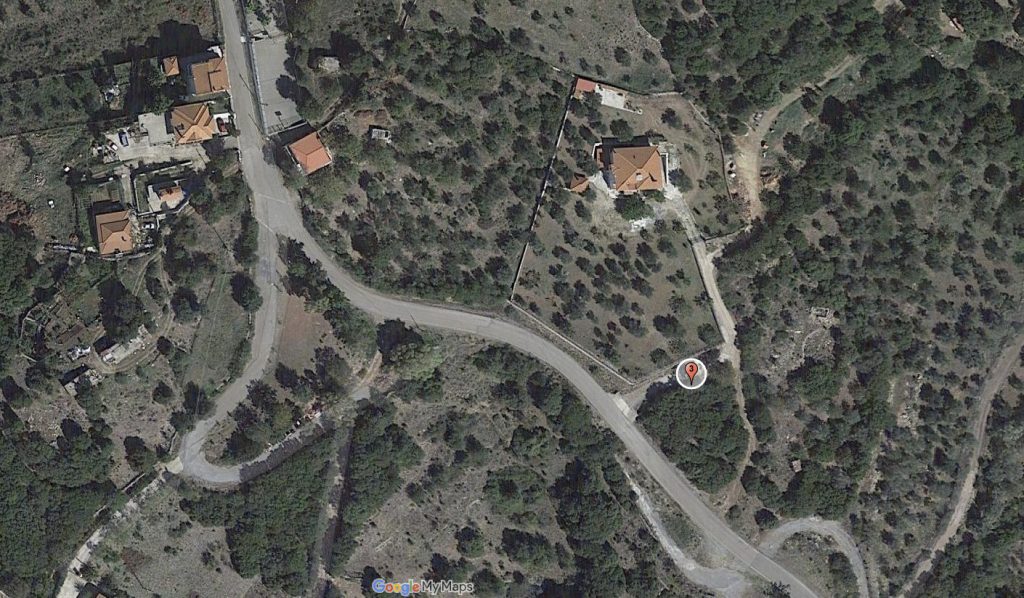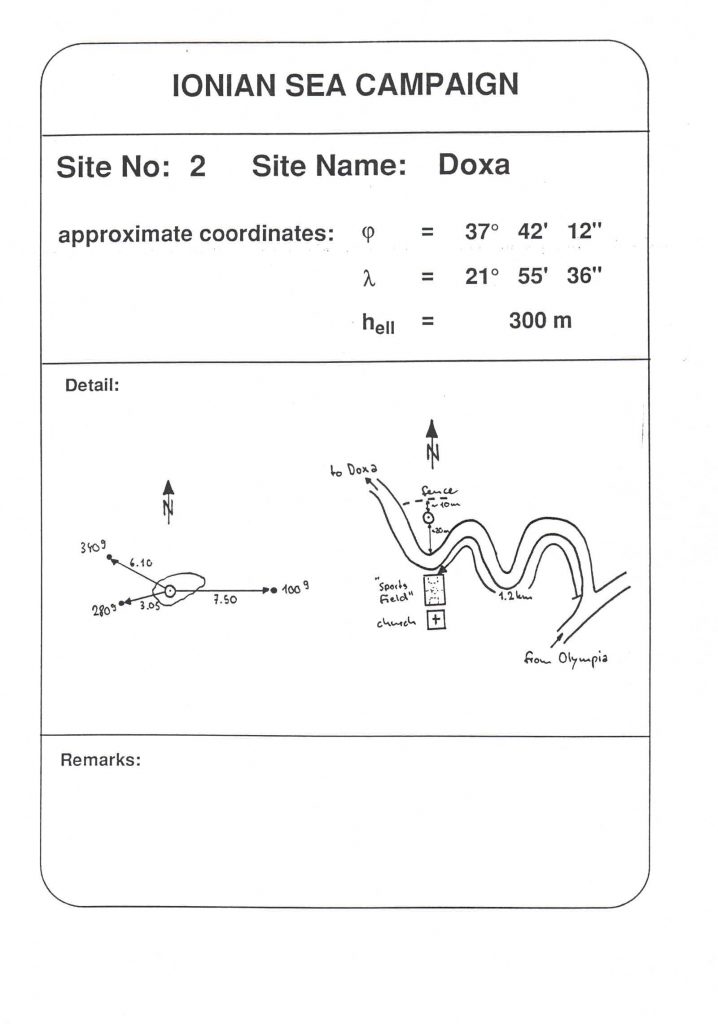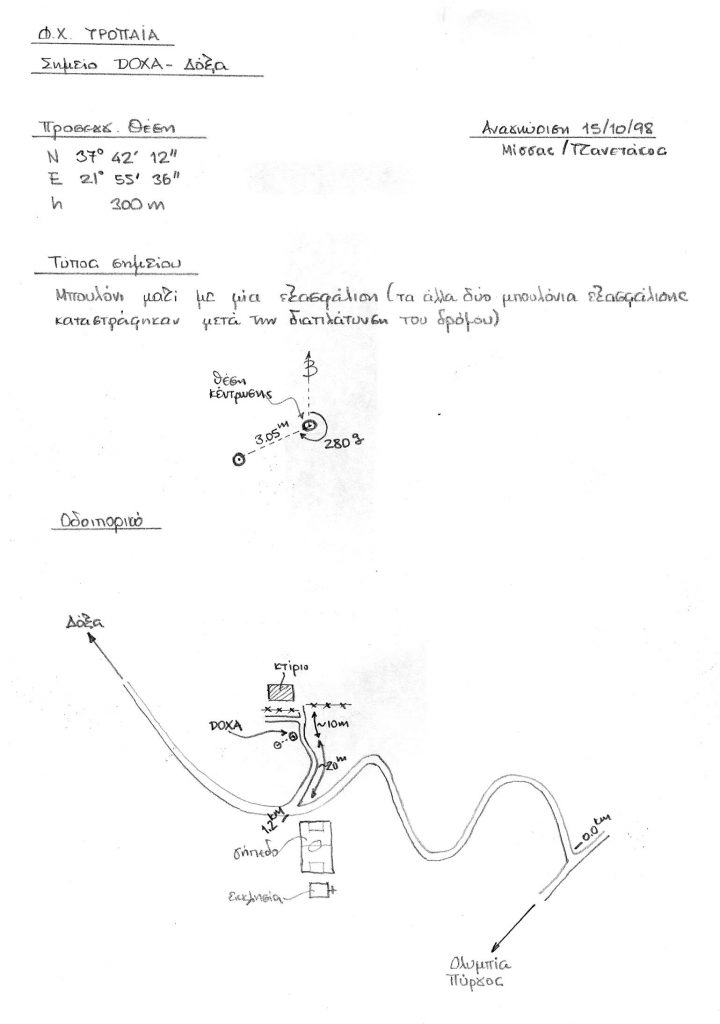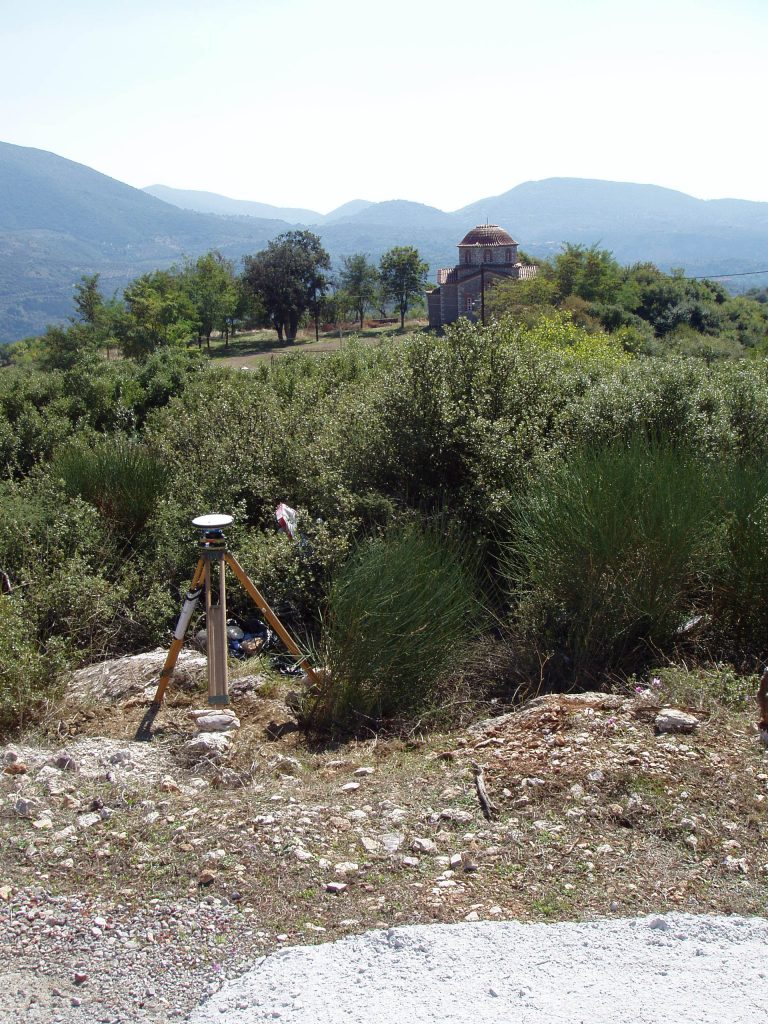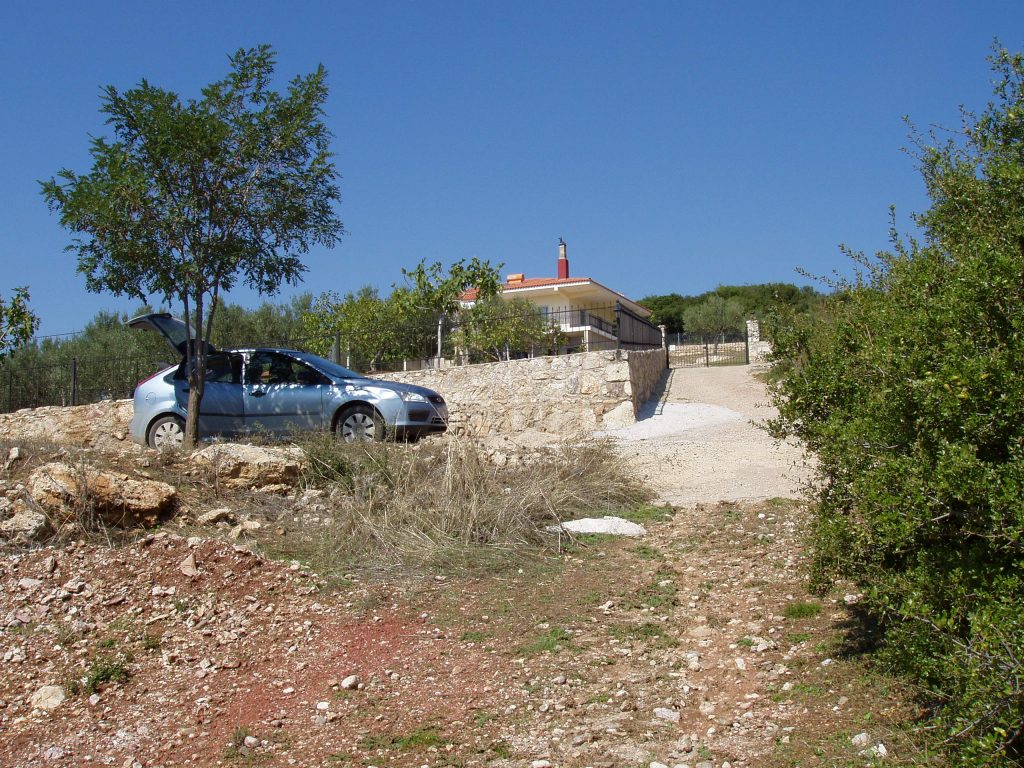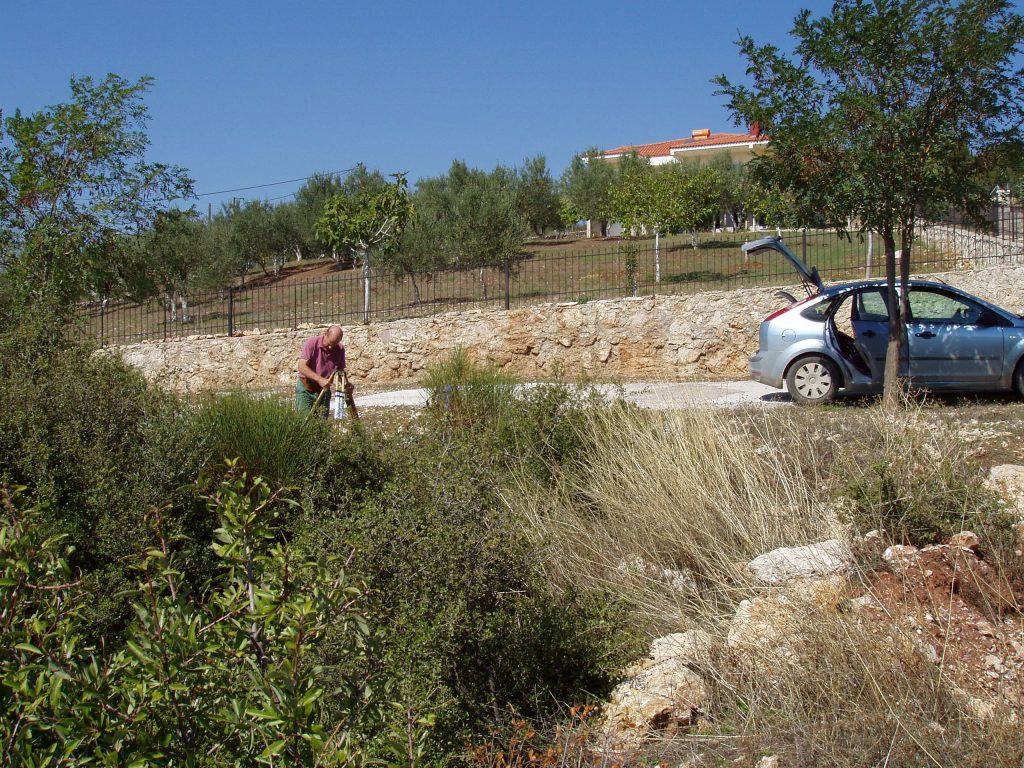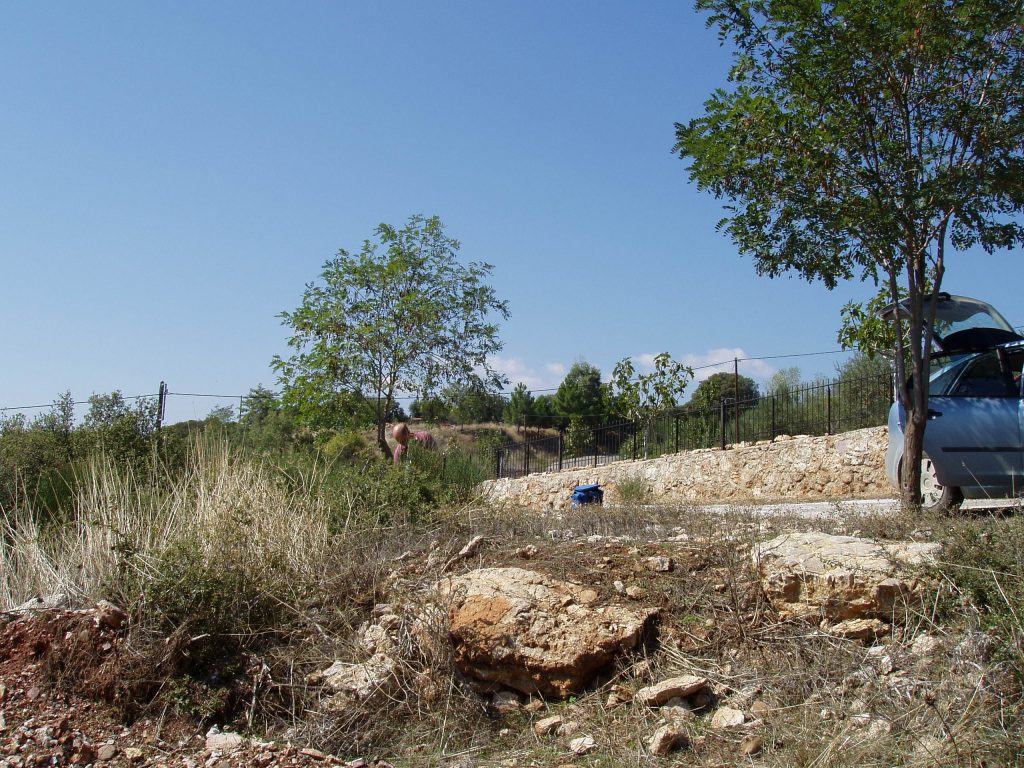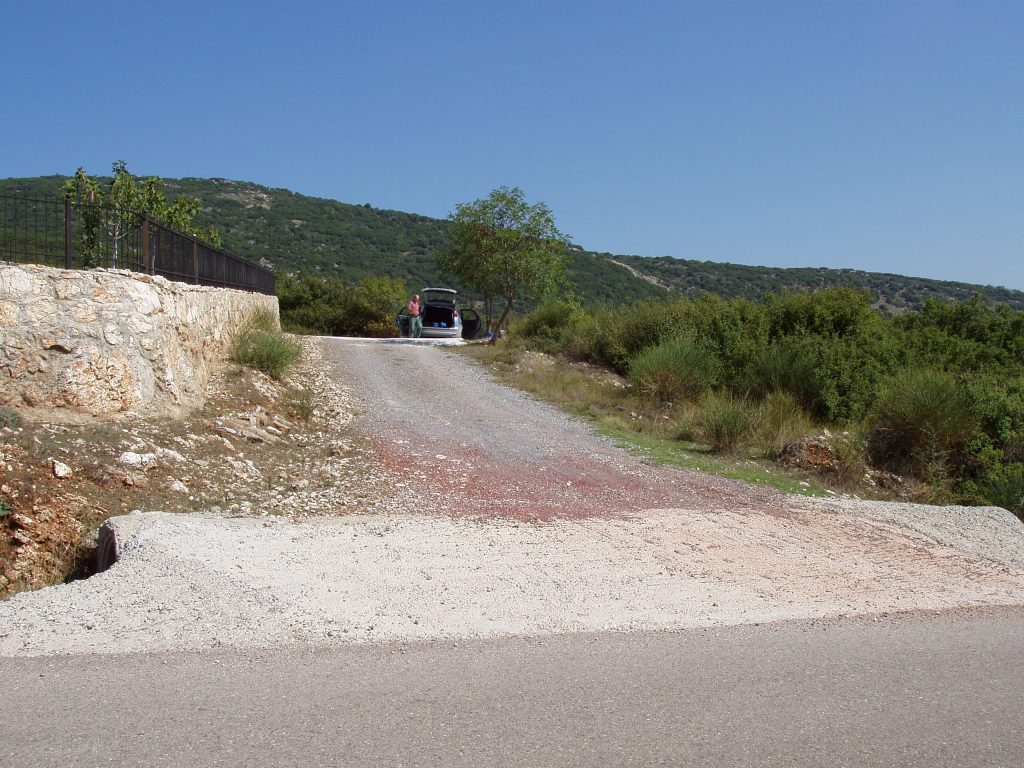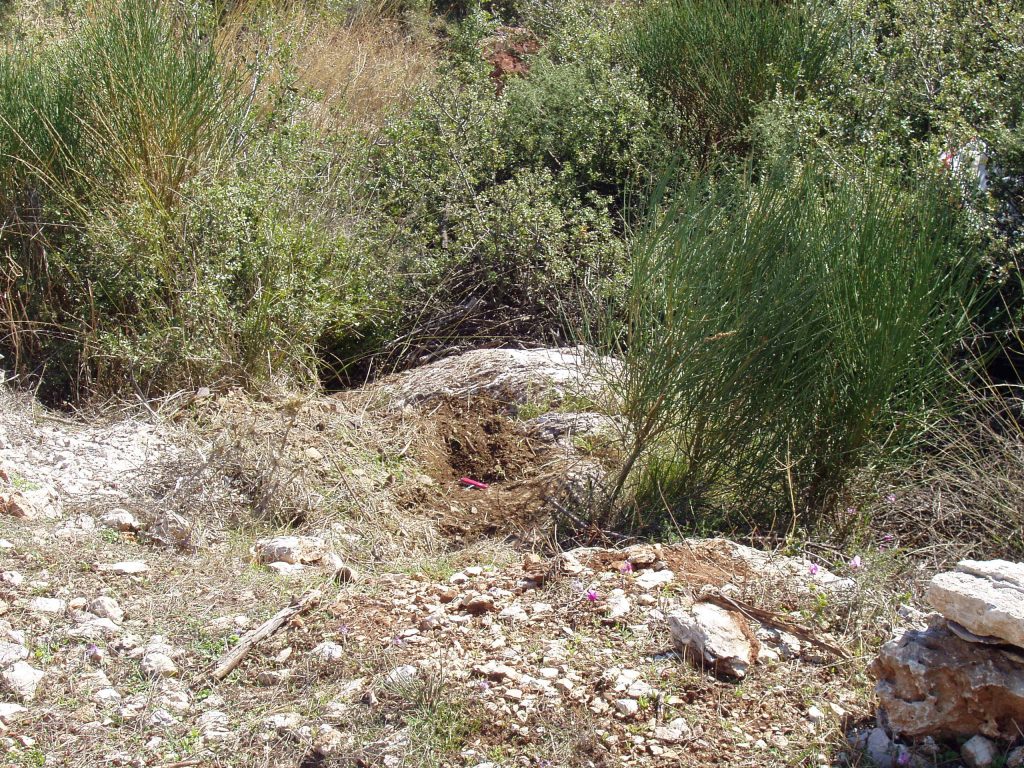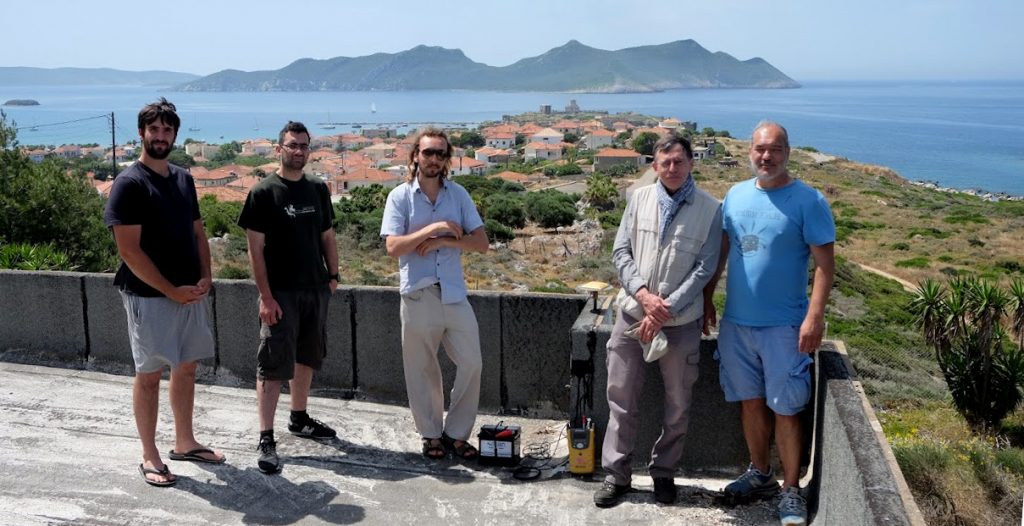The CRL School 2023 is being helded (22-26 September 2023)
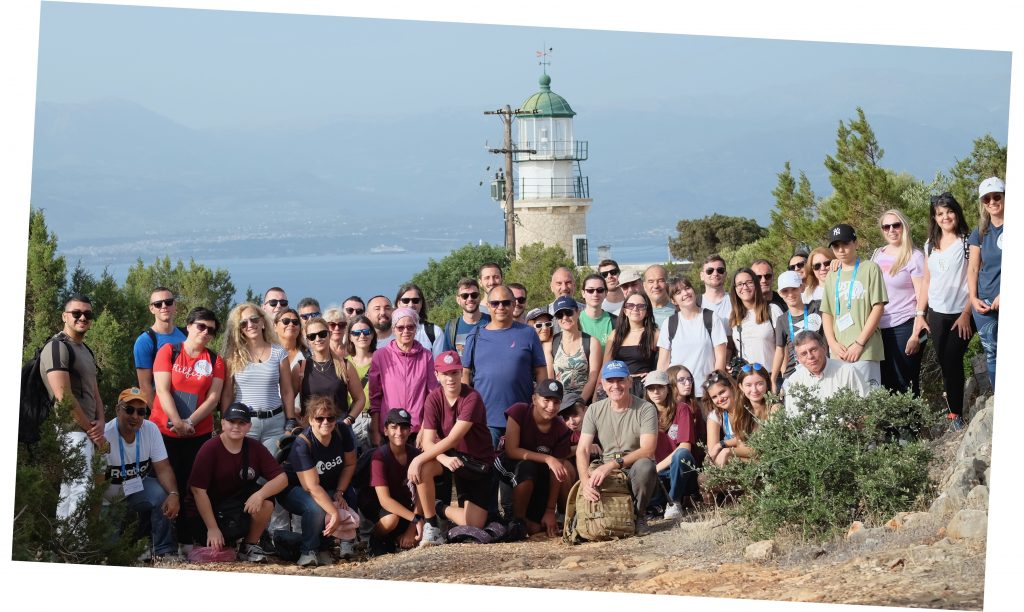
You can access and download the CRL School 2023 presentations through here. Please note that due to permission constraints, not all presentations are available. The link will remain active until October 28, 2023, and will be renewed for an additional month.
The CRL School 2023 brochure ( updated)
New! Join us at Facebook and share with us your photos here
Instructions for Monday:
- The School teachers and the School students (pupils) should be outside Akti hotel at 10:00 to take the bus to the 3rd Gymnasium of Nafpaktos at Ligia
- The students should be in Nafpaktia room at 09:00
- The students should be in ouside Akti hotel at 13:30 to take the bus to the 3rd Gymnasium of Nafpaktos at Ligia for the GNSS followup handson
Hands on followup in GNSS
- Please browse to the CRL School 2023 GNSS hands-on repository
- There download your directory with the Rinex files to a USB and the PC that you will work on Monday.
- Upload your paper in the CRL School 2023 GNSS teamsResponses
- Process the rinex files as instructed
- …
- Browse to Adding basemaps in QGIS
- Open QGIS and create a new project
- Move to paragraph : « Here are the steps to add Bing imagery as a basemap in QIGS »
- The in QGIS go to Layer –> Add layer –> Add delimited text layer
- Browse to the produced file…
- Click here to go to the web page dedicated to the GNSS hand-on
Presentations:
Why CRL ? (P. Briole, 22/09)
The geodetic monitoring of CRL (P. Briole, 22/09)
Space observation at CRL (some useful links)
Teaching Earthquakes in classroom using open data, case study: active fault bases (K. Makri, 25/09)
Instructions:
Prerequisites for Hand on simple seismic software packages provided
on-line on Saturday 15:00 – 16:00 (EET):
Please follow in advance the instructions for Topic1 to be prepared for
the relative class
Download the map CRL_School_2023_map.tif and the sample data archive
CRL_School_2023_pick_data.zip from here
Dear lecturers of CRL School 2023: Please send your abstract, our CV (using these templates) and hotel reservation in Akti Hotel (with special price for the CRL School participants), not later than Monday 26 June 2023, to CRL School 2023 committee.
You can download the call for the CRL School 2023 (and in Greek)
For further information, you can contact the CRL School 2023 committee.
CRL.School.edu@gmail.com
Call for students and teachers to participate in the Corinth Rift Laboratory School 2023
CRL School 2023
Corinth Rift Observatory
Dear Student and Teacher,
The Corinthian Gulf region is one of the most active rifts worldwide, with extensional deformation rates of up to 15 millimeters per year, observed between its north and south coasts. This phenomenon is unique in Europe and in areas beyond tectonic boundaries. Additionally, the coastal areas of southern Fokida in the northern portion of the Gulf subside, while the coastal areas of northern Achaia in the southern part are uplift. Throughout history, strong and destructive earthquakes have occurred in the area, with the most recent one being the Aegion earthquake in 1995.
For over 30 years, there has been a collective effort to comprehend the geophysical phenomena in the area, including earthquakes, landslides, and tsunamis. The numerous and extensive studies conducted by research teams from across Europe reflect the importance of this pursuit. To facilitate these studies, a plethora of instruments, such as seismometers, accelerometers, and geodetic GNSS receivers, have been installed and equipped with telemetry to enable their full operation. Seismological and GNSS geodetic stations are being utilized to record ground motion and measure ground deformation, respectively, to better understand the geo-tectonic background of the region. Frequent acquisitions of data from Earth observation satellites are also being obtained to supplement these terrestrial observations. These diverse observations from both terrestrial and satellite sources are utilized in scientific studies across numerous fields.
Corinth Rift Laboratory (CRL) is a common site of research activities in the area. Its Greek members are the National and Kapodistrian University of Athens, the National Observatory of Athens, the University of Patras and the Harokopio University of Athens. From the French side, the École Normale Supérieure Universities of Paris, Nice, Strasbourg, Savoie Mont Blanc and the Institut de Physique du Globe de Paris. The University of Prague is also a member. The Gulf of Corinth has been included within the framework of the pan-European observation infrastructure of the Eurasian Tectonic Plate (EPOS program) as a Near Fault Observatory.
Are you passionate about geophysics, seismology and geology and eager to expand your knowledge? Then you won’t want to miss the opportunity to attend the upcoming CRL School 2023 in Nafpaktos-Patras, Greece, from September 22 to 26. After a successful live event in 2022, we are excited to continue the streak and bring back the in-person experience. With the chance to learn from esteemed members of the Corinth Rift Laboratory, including professors from universities across Europe, you’ll gain valuable insights into earthquakes, landslides, and tsunamis. Don’t miss out on this chance to enhance your expertise and network with other colleagues. Join us at CRL School 2023! The aims of CRL School are:
- Students with different backgrounds from different universities, to get acquainted with the research and related activities carried out in the scientific fields of Seismology, Geophysics and Geology, especially for the natural laboratory of the Gulf of Corinth.
- To bring the research/university community together with secondary school teachers to enrich their knowledge in the thematic fields aiming to more efficient and targeted training.
- To disseminate popular knowledge about the thematic areas in local society and local authorities.
- To intensify the osmosis and collaborations among researchers/professors from different scientific fields on the thematic objectives of the Gulf of Corinth Observatory.

School activities are:
- Introduction to the science of seismology and seismicity in the Gulf of Corinth with presentations of researchers/professors as well as students and teachers of secondary education.
- Instrumental measurement of seismicity and visits to seismological stations in the area.
- Measurement of ground deformation by geodetic GNSS, field work and visiting GNSS stations of the area.
- Measurement of ground deformation by satellite microwave RADAR (SAR interferometry, SENTINEL mission, GEP-TEP and its application to the CRL), with presentations also in the laboratory.
- Geological observations (geotectonic, geomorphology, coastal and marine geology) on- and off-shore, decoding the knowledge that they provide us.
- Seismic Hazards and Impact on Engineering Geology, the case of Rio-Antirrio Bridge.
Among others, demonstrations of a seismograph operation for secondary education students, demonstration of scientific instruments, educational on- and off-shore activities as well as presentations/lectures by distinguished national and foreign scientists will be carried out to the participating students and teachers as well as to the general public.
The summer school is mainly addressed to postgraduate and doctoral students. This year’s school will select 10 students minimum from Greek and foreign universities as well as 8 teachers minimum of secondary education. The school is free of charge for all participants, with the subsidy of students and secondary school teachers supported by the European Geosciences Union (EGU). The subsidy for the students and teachers covers more or less the cost of accommodation and meals.
Information about the CRL, as well as the complete program and material for the past summer schools can be found at the link:
http://crlab.eu
For further information, you can also contact CRL School team by e-mail:
CRL.School.edu@gmail.com
Applications can be sent until 17th May
The decision for the final participants will be announced during the first week of June 2023.
Interested students can sign up using the following link:
Student Application Form
Interested teachers can sign up using the following link:
Teacher Application Form


